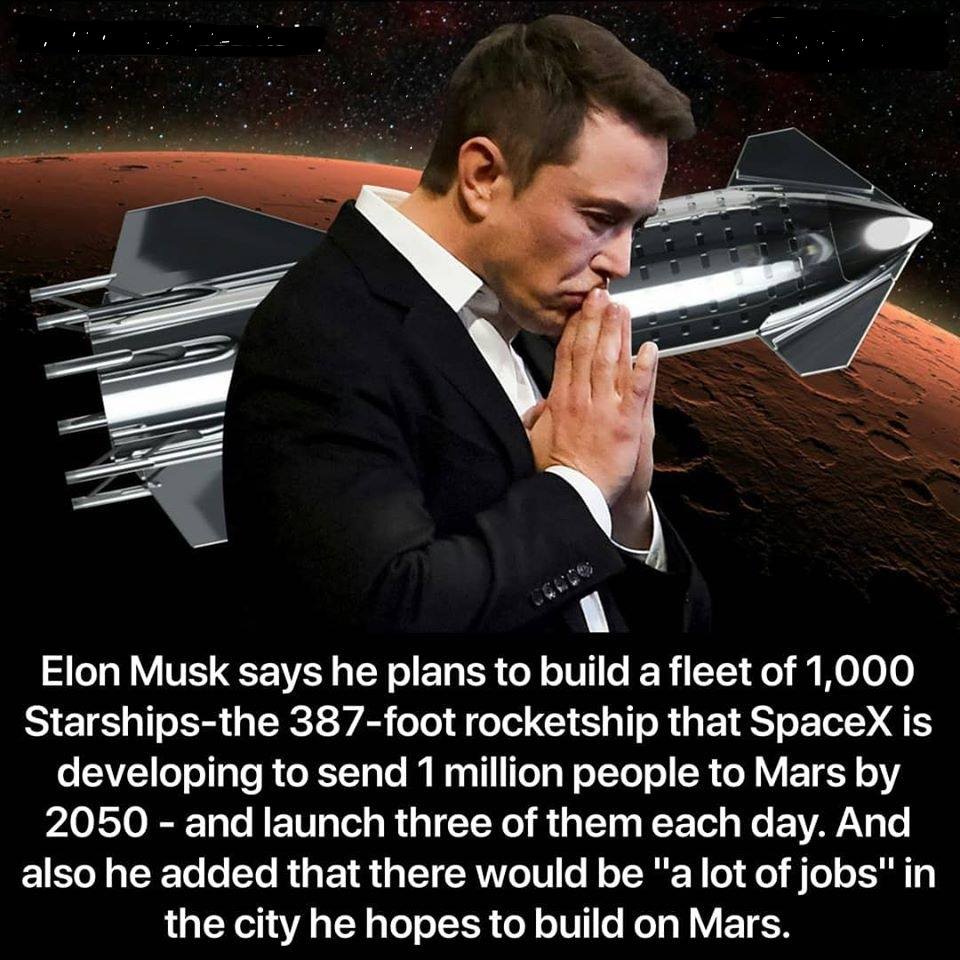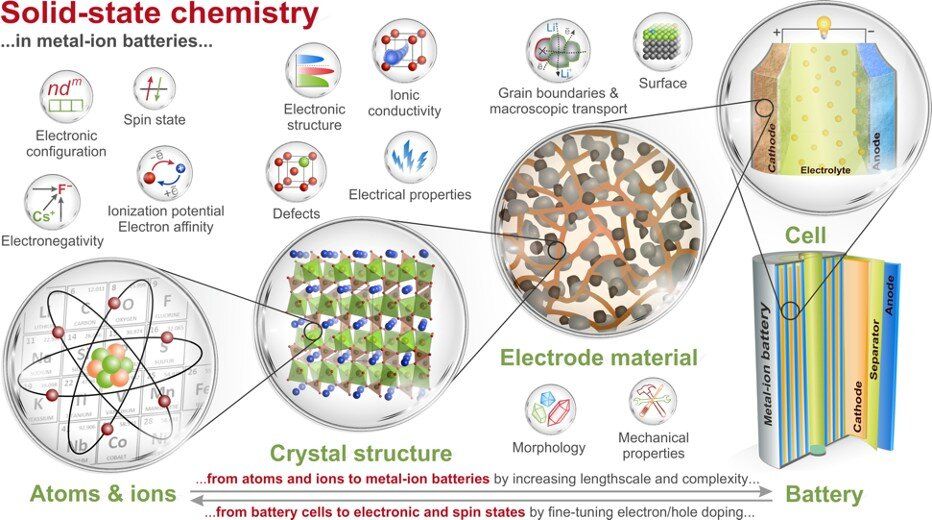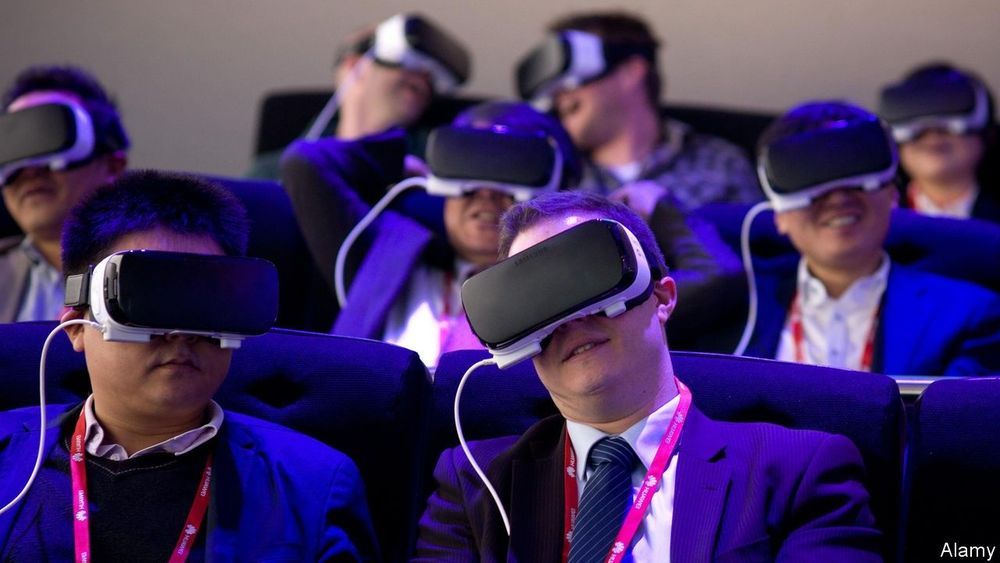
Get the latest international news and world events from around the world.

WHO’s Decade of Healthy Aging: Country Spotlight
TODAY (Oct 4th) the USTP is holding a special pre-RAADFest Enlightenment Salon at 7 a.m. PST / 10 am EST with Gabor Kiss, CEO of ENVIENTA, to discuss ways to empower contributors to open-source projects and accelerate development of practical transhumanist technologies.
Ira Pastor, ideaXme life sciences ambassador, interviews Dr. Alexandre Kalache, President of the International Longevity Centre-Brazil (ILC-Brazil).
Ira Pastor Comments:
As we continue our virtual road-trip around the globe per the World Health Organization’s (WHO) Age Friendly Cities Global Movement, during the WHO defined “Decade of Healthy Aging”, we are headed down to the southern hemisphere to the country of Brazil.
Dr. Alexandre Kalache:
Artificial Hearts 🖤: The Road To Future Humans
Researchers in Israel have been able to 3D Print an artificial heart. Within the 2020s decade, we may see working versions implanted in humans.
What do you think about a future where we can 3D Print body organs & parts?
#Iconickelx #Transhumanism #Future

Cindy Gallop
Founder of MakeLoveNotPorn, and internationally famous advertising executive and public speaker, talks of Sex-Tech, a burgeoning trillion dollar industry, on the ideaXme show — #Ideaxme #MoveTheHumanStoryForward #CindyGallop #MakeLoveNotPorn #SexTech #Sexuality #SociallyAcceptableSex #Pornography #Porn #Orgasm #ErectileDysfunction #Biohacking #Viagra #Wellness #Health #Longevity #DisruptAging #Aarp #IfWeRanTheWorld #BartleBogleHegarty #Advertising #PublicRelations #TEDTalk #IraPastor #Bioquark #Regenerage AARP Disrupt Aging.

The role of solid state chemistry in the development of metal-ion batteries
Professors from the Skoltech Center for Energy Science and Technology (CEST), Lomonosov Moscow State University and College de France shared their vision on the importance of solid state chemistry in advancements currently awaited from contemporary and prospective metal-ion batteries. The opinion was contributed as an invited review to Nature Communications.
Metal-ion batteries are the main drivers enabling a smooth transfer to renewables and green energy for a sustainable planet. The artfully designed electrode materials have greatly contributed to the development of high-performance Li-ion batteries that was eventually hallmarked by the 2019 Nobel Prize, which had signified the role solid state chemistry. Targeted design of novel metal-ion battery materials to bring the technology to the next level clearly stands as a great challenge for today’s chemistry community.
The individual properties of atoms and ions encoded in the Periodic Table along with the fundamental trends and principles multiplied by further levels of complexity constitute multitude of possible combinations for scientists to find new battery electrodes. Obviously, the researchers need solid guidelines while searching through this huge parameter space for the best chemical combinations and structures.

The Metaverse is coming
What seems certain is that sophisticated 3D digital worlds will appear on ever more of the screens of successive generations of devices that people already use every day. As activities, particularly interactions between people, in virtual realities can generate practical and aesthetic outcomes that have moral consequences and personal meanings, the idea that the “real” world is limited to that which is physically present nearby will seem increasingly bizarre. What, after all, is real, anyway?
But people need to be kept at the centre of it.
The Space Station’s Next Crew Heads to Launch Site on This Week @NASA – October 3, 2020
This week:
👩🚀 Three space travelers prepare for an upcoming mission
🚀 8,000 pounds of cargo & research launch to our orbiting lab
📊 A call to use open data to address real-world problems
For these stories and more, watch: https://go.nasa.gov/2SkdkRw
Military Robot Guard Dogs
The US Military has deployed robot dogs to test them for use in modern warfare 😲.
Real Mars video 1.8 billion pixels!
Amazing new Mars panorama from Curiosity For 10 Years NASA Has Been Capturing Images of Mars and They Now Reveal the Planet’s Amazing Beauty.
